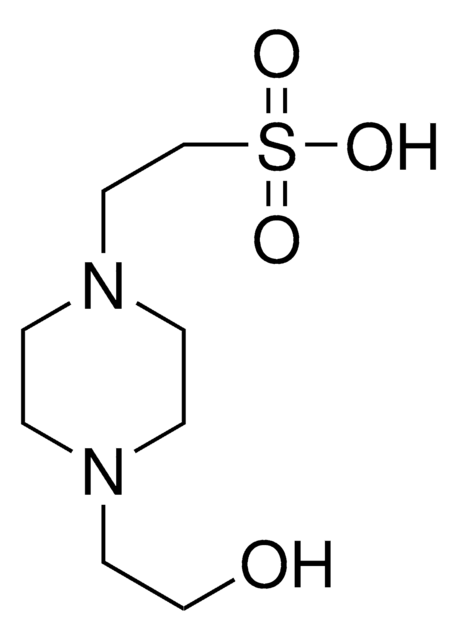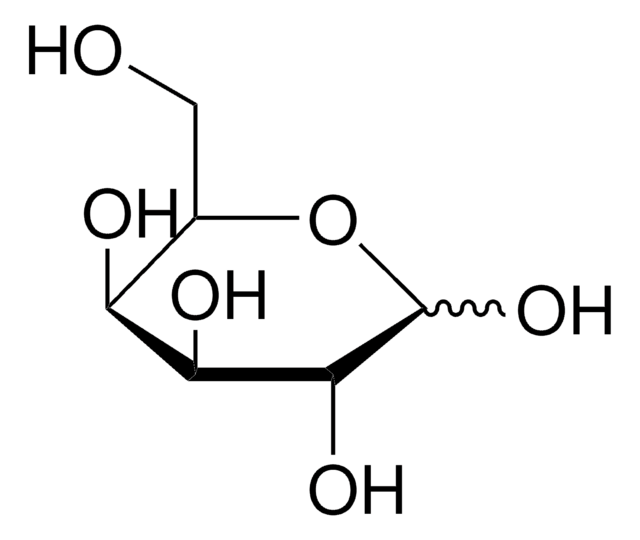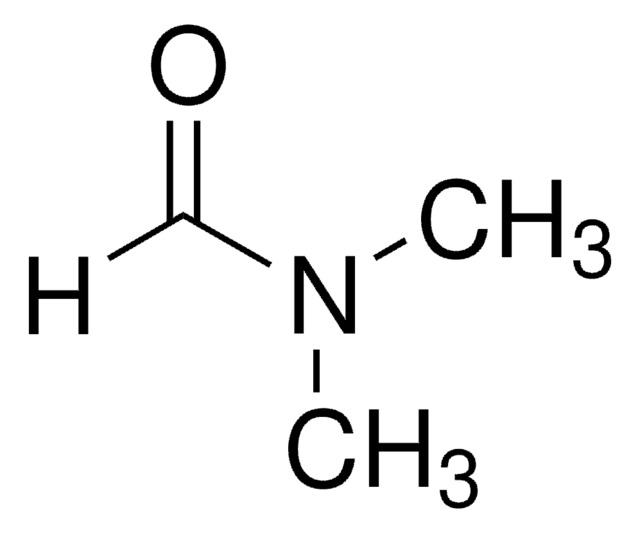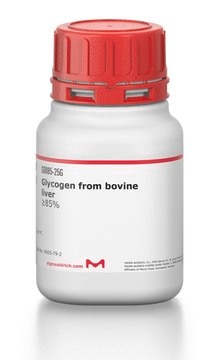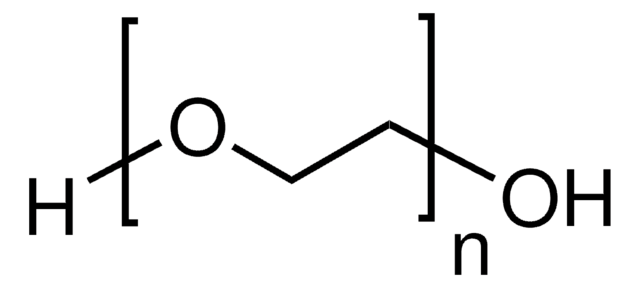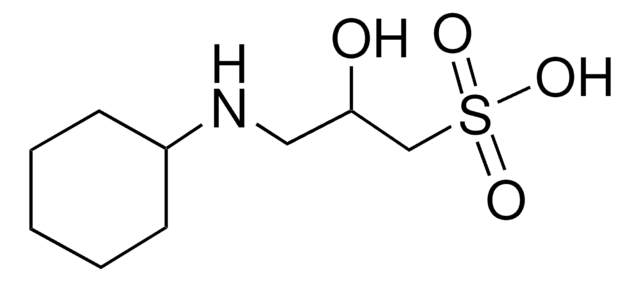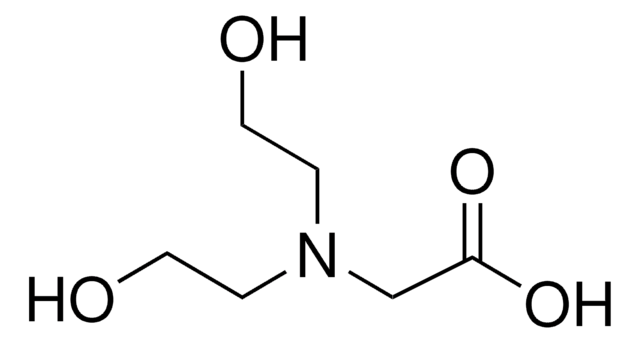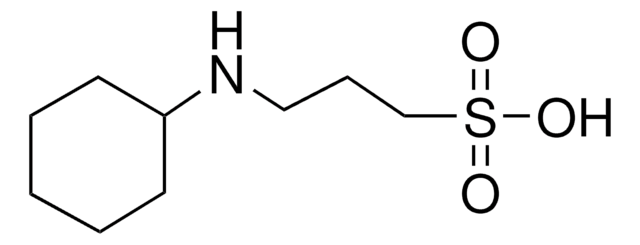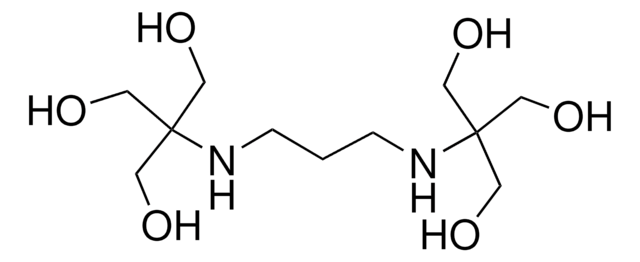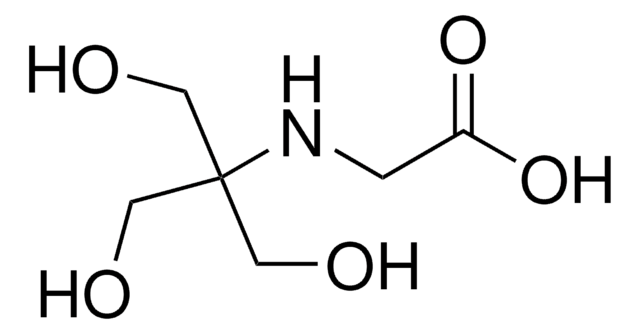T9659
TAPS
BioXtra, ≥99.5% (titration)
Synonym(s):
N-[Tris(hydroxymethyl)methyl]-3-aminopropanesulfonic acid, [(2-Hydroxy-1,1-bis(hydroxymethyl)ethyl)amino]-1-propanesulfonic acid
About This Item
Recommended Products
product line
BioXtra
Quality Level
assay
≥99.5% (titration)
form
powder
impurities
≤0.005% Phosphorus (P)
≤0.1% Insoluble matter
ign. residue
≤0.1%
useful pH range
7.7-9.1
pKa
8.4
mp
230-235 °C (dec.)
solubility
H2O: 1 M, clear, colorless
anion traces
chloride (Cl-): ≤0.05%
cation traces
Al: ≤0.0005%
Ca: ≤0.001%
Cu: ≤0.0005%
Fe: ≤0.0005%
K: ≤0.005%
Mg: ≤0.0005%
NH4+: ≤0.05%
Na: ≤0.005%
Pb: ≤0.001%
Zn: ≤0.0005%
absorption
≤0.05 at 260 in H2O at 1 M
≤0.05 at 280 in H2O at 1 M
application(s)
diagnostic assay manufacturing
SMILES string
OCC(CO)(CO)NCCCS(O)(=O)=O
InChI
1S/C7H17NO6S/c9-4-7(5-10,6-11)8-2-1-3-15(12,13)14/h8-11H,1-6H2,(H,12,13,14)
InChI key
YNLCVAQJIKOXER-UHFFFAOYSA-N
Looking for similar products? Visit Product Comparison Guide
Related Categories
Not finding the right product?
Try our Product Selector Tool.
wgk_germany
WGK 3
flash_point_f
closed cup
flash_point_c
closed cup
ppe
Eyeshields, Gloves, type N95 (US)
Certificates of Analysis (COA)
Search for Certificates of Analysis (COA) by entering the products Lot/Batch Number. Lot and Batch Numbers can be found on a product’s label following the words ‘Lot’ or ‘Batch’.
Already Own This Product?
Find documentation for the products that you have recently purchased in the Document Library.
Customers Also Viewed
Our team of scientists has experience in all areas of research including Life Science, Material Science, Chemical Synthesis, Chromatography, Analytical and many others.
Contact Technical Service